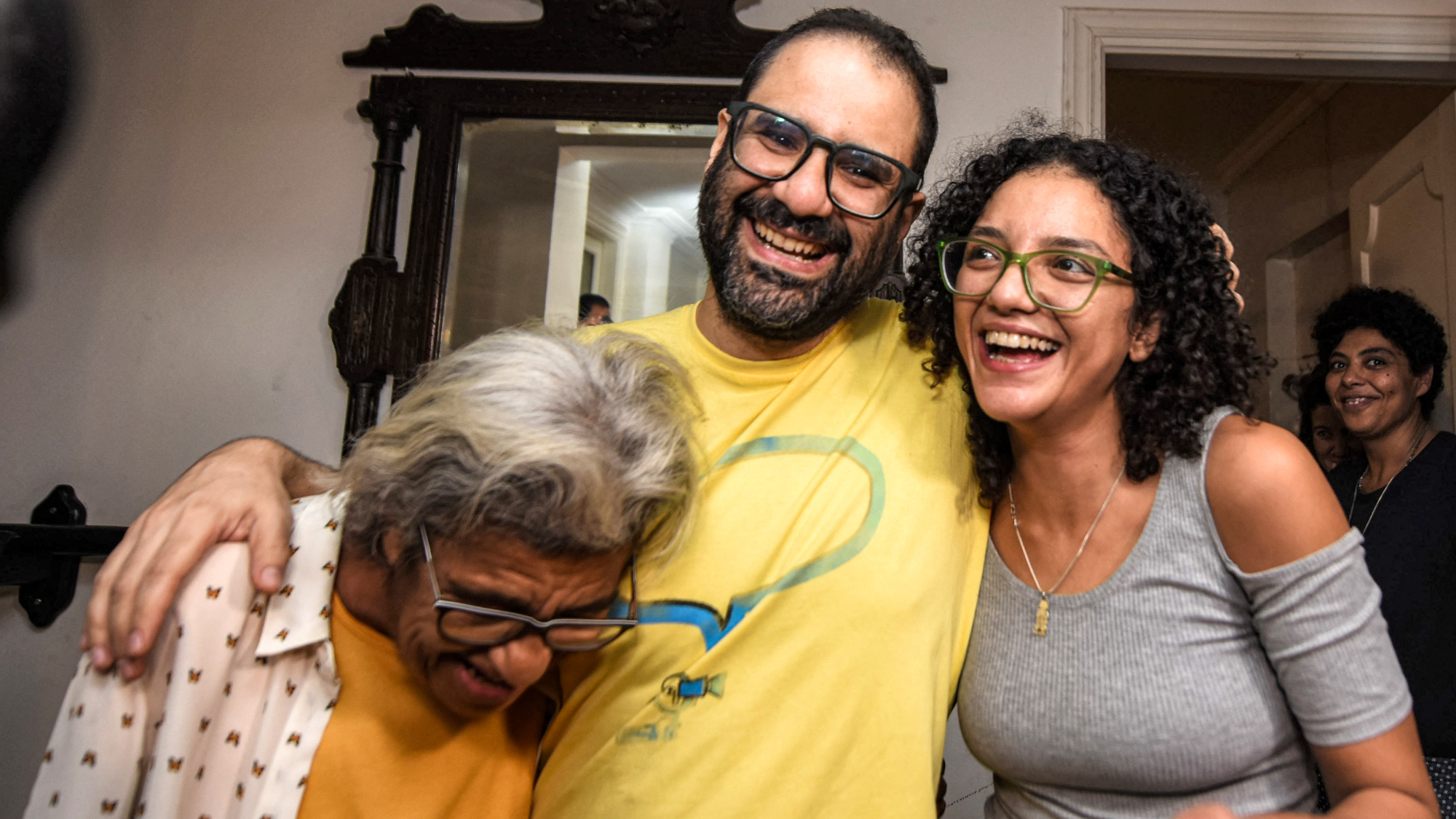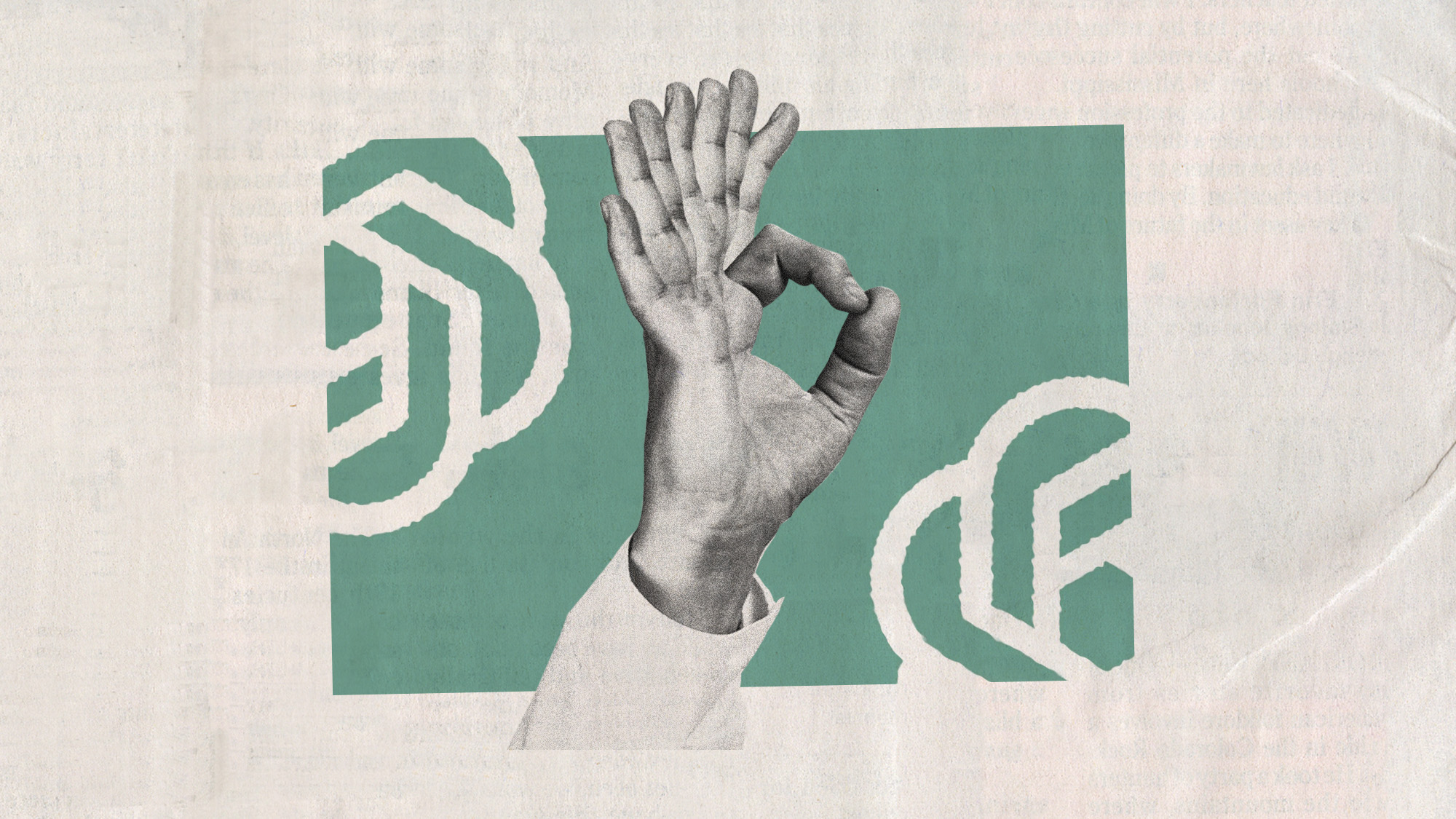Getting the flavor of … Gettysburg’s restored cyclorama, and more
The Gettysburg Museum and Visitor Center in Pennsylvania has just unveiled the restoration of its 377-foot-long, 44-foot-high cyclorama of the Battle of Gettysburg.
Gettysburg’s restored cyclorama
Pennsylvania’s Gettysburg Museum and Visitor Center has unveiled a $103 million restoration of a famous Cyclorama that re-creates the three-day Battle of Gettysburg, said Amy Worden in The Philadelphia Inquirer. “One of the most dramatic battles ever fought on U.S. soil,” Gettysburg took place in July 1863 and reached its climax when Confederate soldiers under Gen. George Pickett fell to Union forces entrenched on Cemetery Ridge. The museum’s 377-foot-long, 44-foot-high “canvas in the round” was created a decade later by French artist Paul Philippoteaux. Taking a little artistic license, the artist inserted himself into the battle “as a Union officer leaning casually against a tree.” Also on exhibit at the museum are Gen. Robert E. Lee’s camp desk, the 150th Pennsylvania Infantry flag “carried into the first day of battle,” and a gallery devoted to President Lincoln’s Gettysburg Address. The Peach Orchard, “site of the bloodiest three hours of the battle,” has recently been replanted.”
Contact: Nps.gov/gett
The Week
Escape your echo chamber. Get the facts behind the news, plus analysis from multiple perspectives.

Sign up for The Week's Free Newsletters
From our morning news briefing to a weekly Good News Newsletter, get the best of The Week delivered directly to your inbox.
From our morning news briefing to a weekly Good News Newsletter, get the best of The Week delivered directly to your inbox.
Alone in the Gila Wilderness
I was bushwhacking through New Mexico’s hardscrabble Gila Wilderness, alone and unarmed, when I came upon fresh bear prints, said Hugo Martin in the Los Angeles Times. I had come to this untamed, half-million acre site—America’s first protected wilderness—with a group of 30 others. Our guide led us on horseback down a series of switchbacks to the Gila River, and at night we relaxed by a campfire, sipping hot chocolate and admiring stars that shined “like distant headlights in a coffee-black sky.” Most of us slept well, though our horses were spooked by wolves circling the camp. The next day we explored the banks of the river’s Middle Fork, passing through canyons lined with rust-colored rock pillars. Later I split off alone to look for a hot spring—and found not just bear but elk and wolf tracks, too. Unable to find the spring, I did find the river, pull off my clothes, and jump in, “letting the cool waters rush over me.”
Contact: Fs.fed.us/r3/gila
A free daily email with the biggest news stories of the day – and the best features from TheWeek.com
-
 Alaa Abd el-Fattah: should Egyptian dissident be stripped of UK citizenship?
Alaa Abd el-Fattah: should Egyptian dissident be stripped of UK citizenship?Today's Big Question Resurfaced social media posts appear to show the democracy activist calling for the killing of Zionists and police
-
 Biggest political break-ups and make-ups of 2025
Biggest political break-ups and make-ups of 2025The Explainer From Trump and Musk to the UK and the EU, Christmas wouldn’t be Christmas without a round-up of the year’s relationship drama
-
 Why 2025 was a pivotal year for AI
Why 2025 was a pivotal year for AITalking Point The ‘hype’ and ‘hopes’ around artificial intelligence are ‘like nothing the world has seen before’